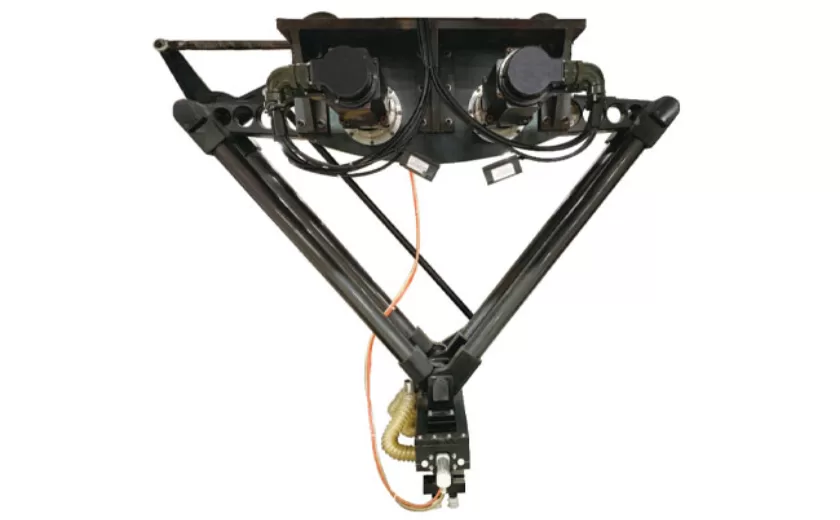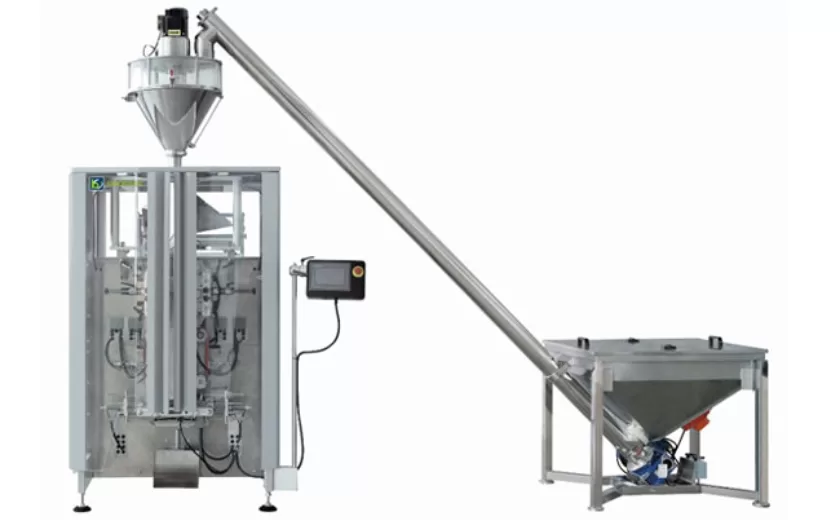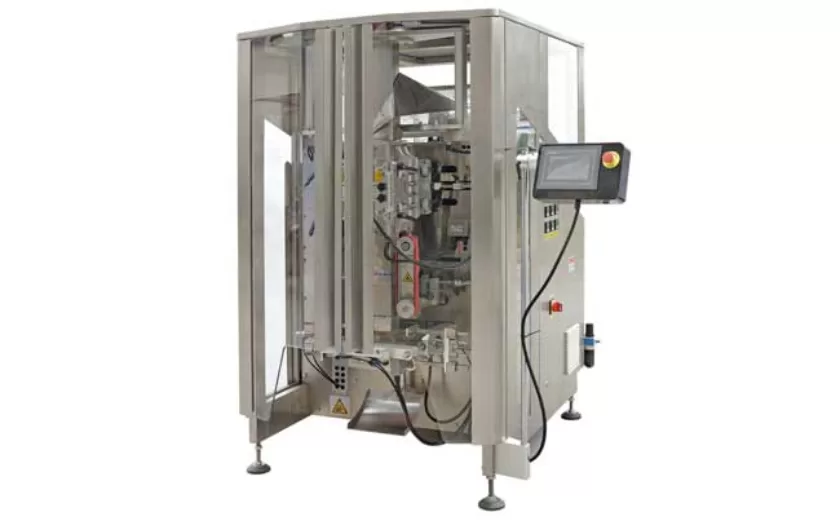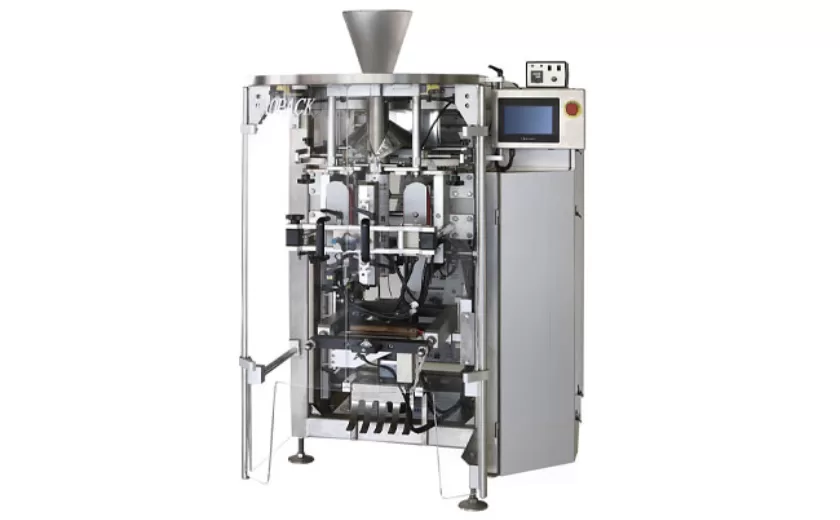Best Practices for Operating Vertical Wrapping Machines
Vertical wrapping machines are essential equipment in various industries, including food, beverage, and pharmaceutical. Ensuring efficient and safe operation of these machines is crucial to maintain optimal production and prevent accidents. Here are some key best practices to consider:
Machine Setup and Calibration
Read the manufacturer’s instructions carefully: Familiarize yourself with the specific machine model and its safety features.
Calibrate the machine regularly: Follow the manufacturer’s recommended schedule for calibration to ensure accurate and consistent wrapping.
Check for proper tension settings: Adjust the tension of the film and heat seals to ensure secure packaging and prevent product damage.
Film Handling and Loading
Use approved films: Ensure the film used is compatible with the machine and the product being wrapped.
Inspect the film before loading: Check for tears, punctures, or other defects that could compromise package integrity.
Load the film correctly: Follow the machine’s instructions for proper film loading to prevent film breakage or uneven wrapping.
Product Loading and Positioning
Load products carefully: Avoid overloading the machine or placing products outside the designated loading area.
Position products correctly: Ensure products are aligned and positioned within the wrapping area for optimal wrapping.
Use product guides: Utilize available product guides or fixtures to ensure consistent product placement and reduce the risk of skewing or tearing.
Wrapping and Sealing
Monitor temperature settings: Maintain the correct temperature for heat sealing to ensure secure closure.
Inspect seals visually: Check for proper sealing and any potential leaks or imperfections.
Avoid over-wrapping: Excessive wrapping can waste material and potentially damage the product.
Safety Precautions
Wear appropriate clothing: Long sleeves, protective gloves, and safety glasses should be worn during operation.
Maintain safe operating distance: Keep a respectful distance from the moving parts of the machine.
Never reach into the machine while in operation: Stop the machine before making any adjustments or clearing jams.
Maintenance and Troubleshooting
Perform routine maintenance: Follow the manufacturer’s maintenance schedule for cleaning, lubrication, and general upkeep.
Inspect components regularly: Check belts, chains, and other components for wear or damage.
Troubleshoot problems promptly: If an issue arises, stop the machine and consult the manufacturer’s instructions or contact a qualified technician.
By adhering to these best practices, operators can ensure the safe, efficient, and reliable operation of vertical wrapping machines, maximizing productivity and minimizing the risk of accidents and product damage.
-
Advanced Packing Solutions: Snacks, Sugar, and Frozen Food Machines
29-10-2025 -
Efficient and Reliable Solutions for Salt, Nuts, and Frozen Dumplings Packing
29-10-2025 -
High-Performance Biscuits, Lollipop, and Ketchup Packing Machines for Modern Food Production
29-10-2025 -
Efficient Liquid Filling and Packing Machines for Modern Production
23-10-2025 -
Reliable Granule Packaging Machines for Efficient Production
23-10-2025 -
Efficient Auger Powder Filling Machines for Accurate Packaging
23-10-2025 -
High-Performance Liquid Filling and Packing Machines for Hygienic Production
10-10-2025 -
High-Efficiency Granule Packaging Machines for Precision and Speed
10-10-2025 -
High-Precision Auger Type Powder Filling Machines for Efficient Packaging
10-10-2025 -
Efficient Vertical Form Fill Seal Packaging Machines for Smart Production
10-10-2025











